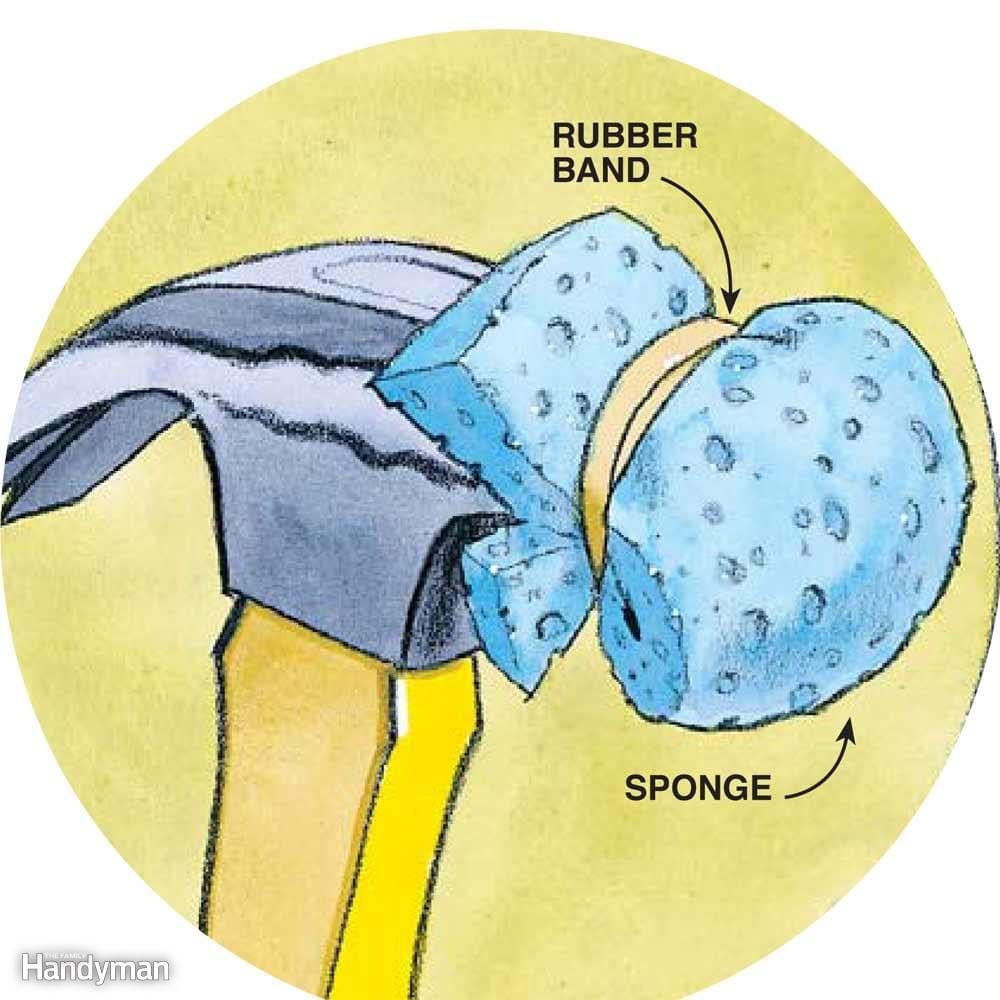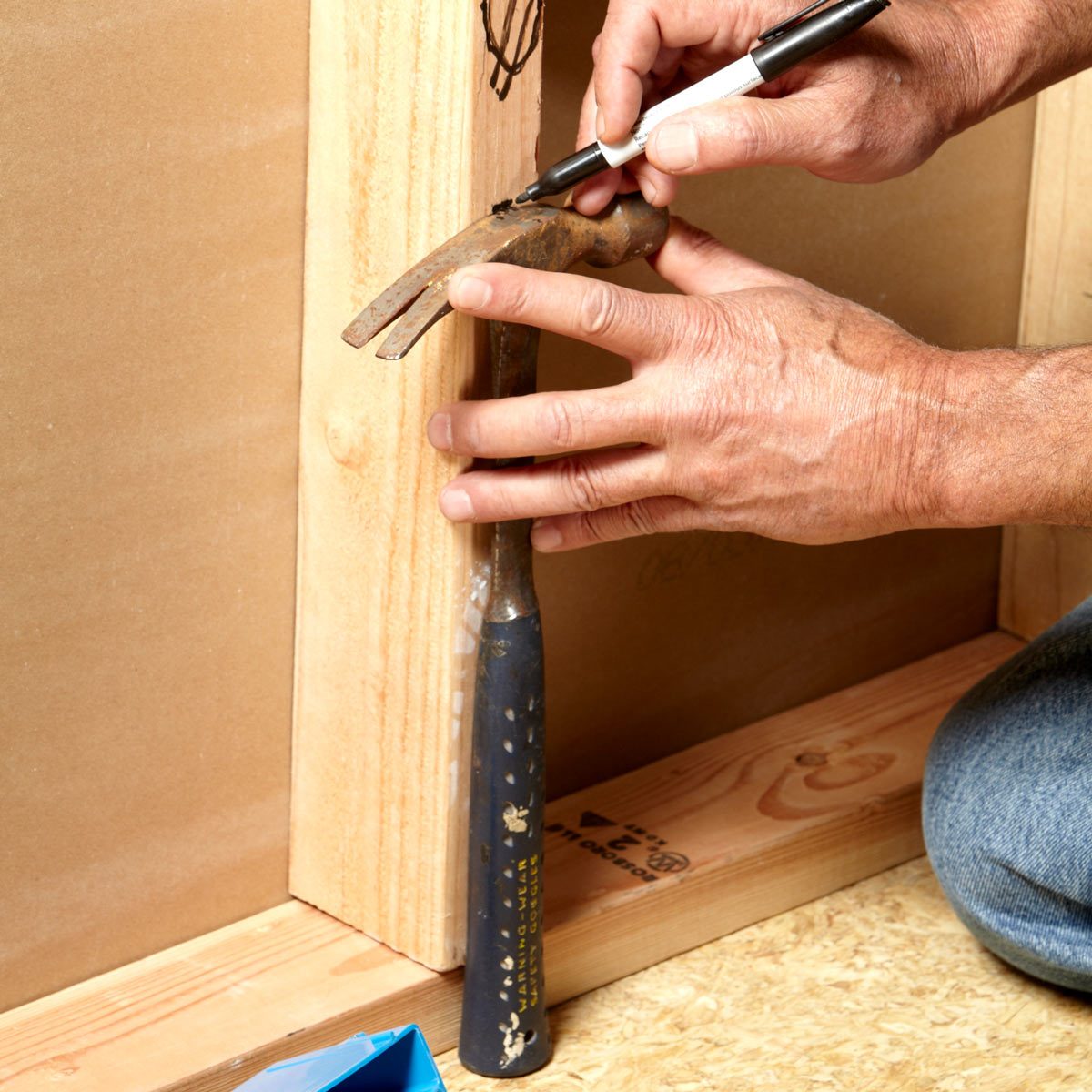
Measuring Stick

PVC Hammer Holder
Check Out These Hand Tool Hacks and Modifications for Woodworking:
Hand tools normally work perfectly for the job they were intended. But sometimes, you need modify that hand tool—make a hand tool hack.
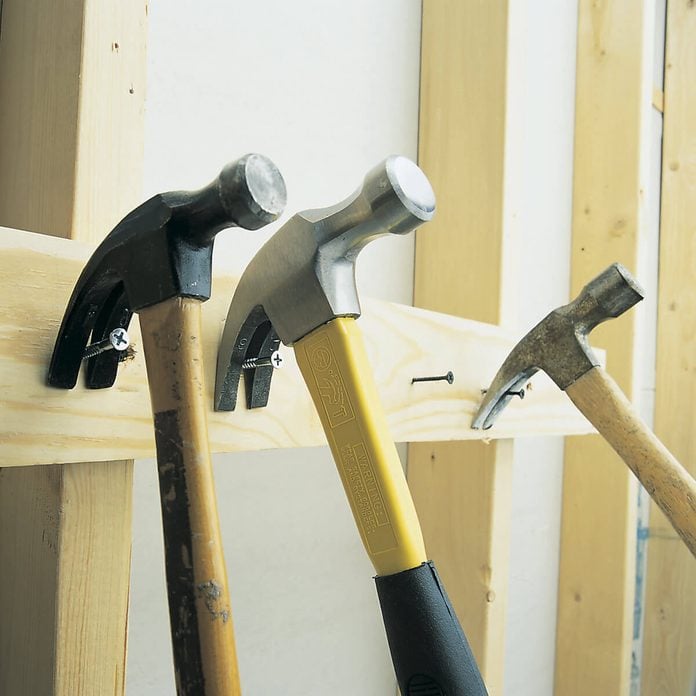
Quick-Draw Storage
Here’s an instant rack for hammer storage! Drive 2-in. drywall screws into a board and tack it to a shop wall. Hook the hammers on the screws so it looks like they’re ready to pull out a nail. The hammer claw’s V-notch interlocks tightly with the screw threads so the hammer won’t fall off, and the handle angles toward you for an easy grasp.
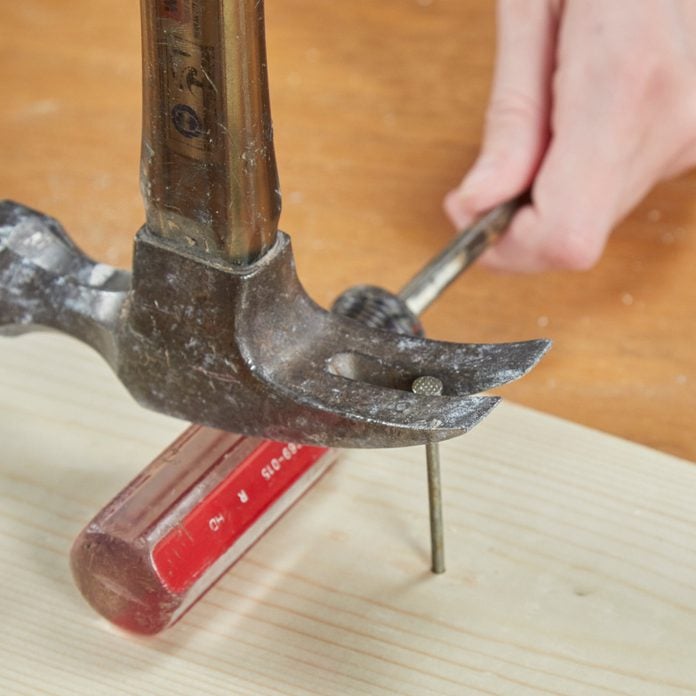
More Leverage
Shove a screw driver under the hammer head to protect delicate surfaces, like cedar decking or any other finished surface. For a straight pull, size the screwdriver so the pivot point is as close to the nail as possible. The screwdriver also gives the hammer claw better leverage, so you can often rock the hammer directly back on its head rather than sideways. But not always. Use this straight pull only on nails that come out fairly easily or that aren’t driven deeply. Otherwise you could break a wooden-handled hammer. Although you can yank a lot harder on hammers with a fiberglass or steel handle, you’ll find it’s a lot easier to use a sideways pull.
Hand tools are great, but they’re even better when you use them creatively for things they’re not designed to do. Check out these 16 genius hand tool hacks you need to know.

Free Finger Saver
I build a lot of small projects, including wren and bluebird houses, and I use lots of small nails—so small that at times I can’t grip them to start the nail. My solution: a plastic lid from a small peanut can. Just trim the lid back and drill a small hole near the end. Then cut a slit leading away from the hole so when you pull the lid back it releases from the nail. — Miles Stromback
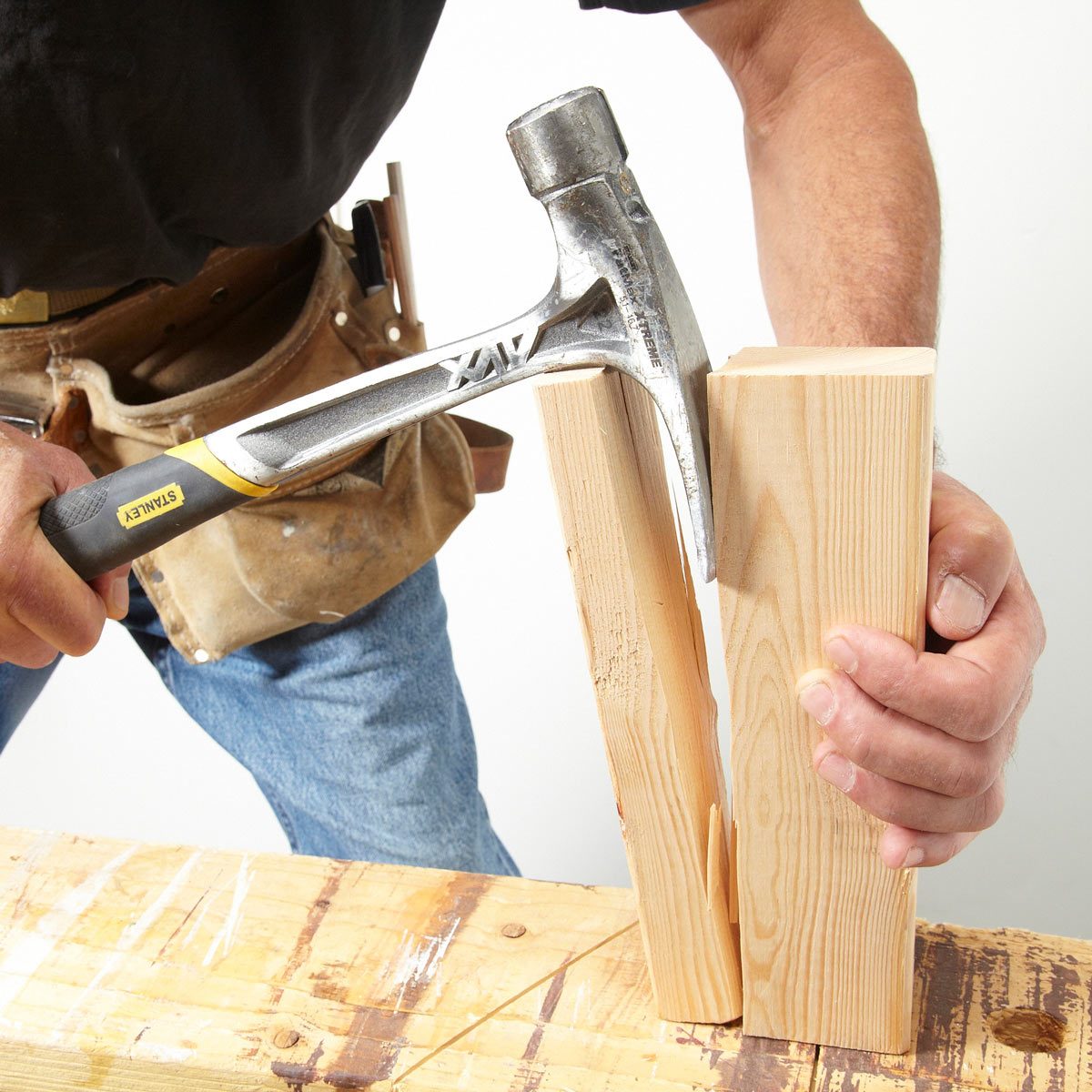
Lumber Splitter

Homemade Hammer Mallet
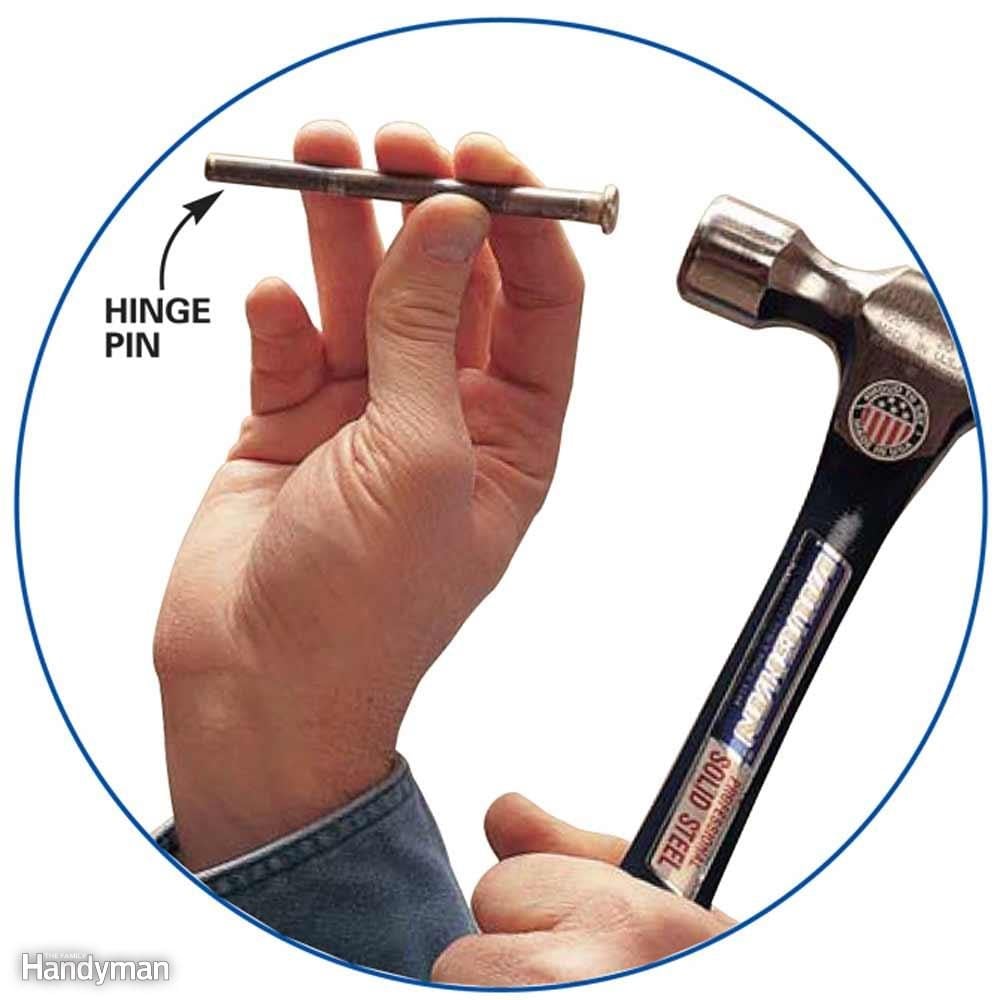
Hammer Extension
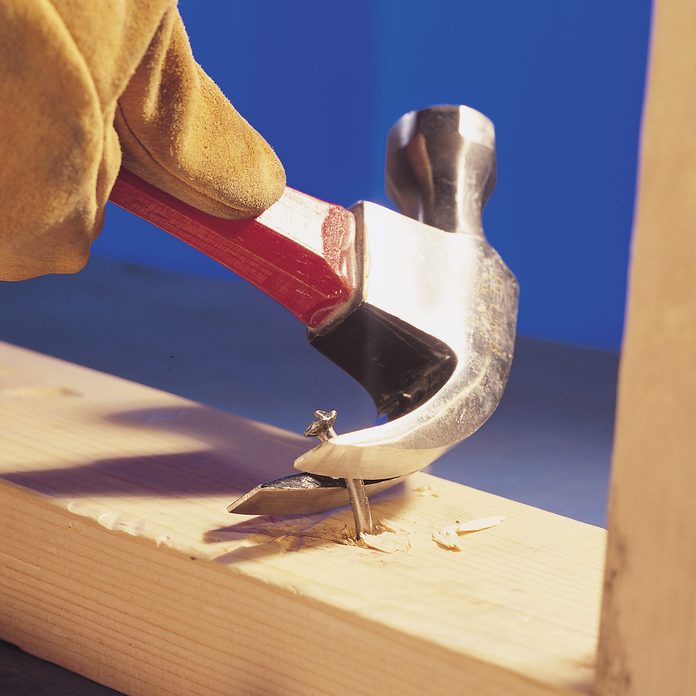
Maximize Your Hammer Power
Ram the claw of your hammer into the nail shank and rock it sideways using the claw edge as a pivot point. Repeat the process until you pry out the nail. This technique produces maximum pulling power with little stress on the handle. Learn more tips for removing stuck nails here.
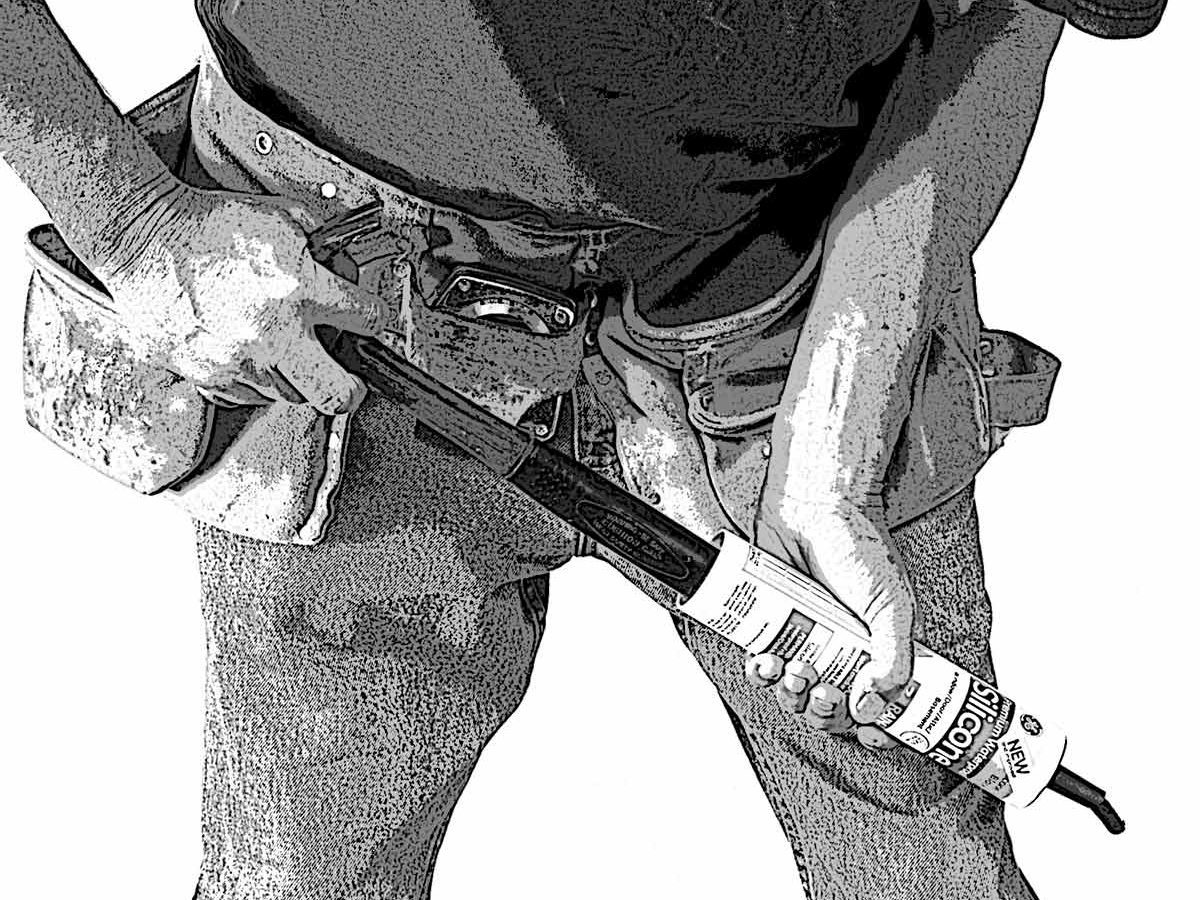
Caulking Gun for Airheads
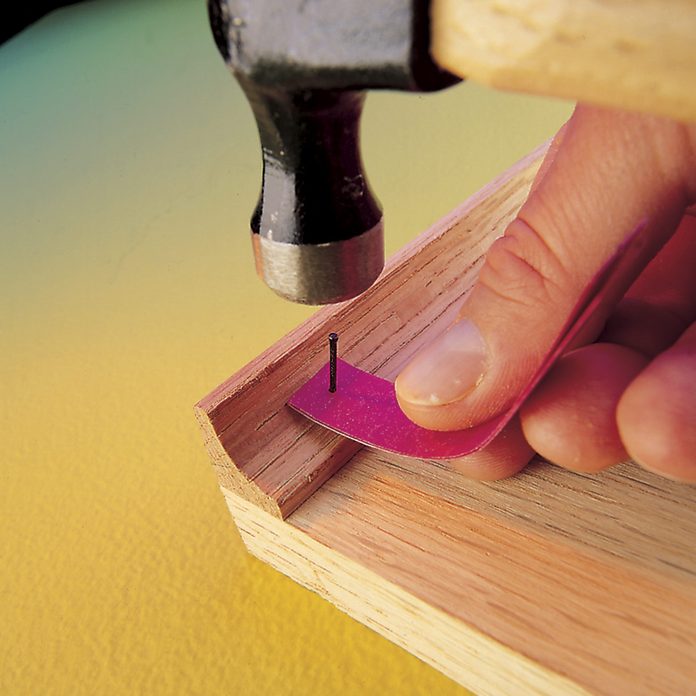
Safer Trim Nailing
Push the nail into a thin strip of card-board to hold it in position while nailing and to shield the wood from an errant hammer blow.
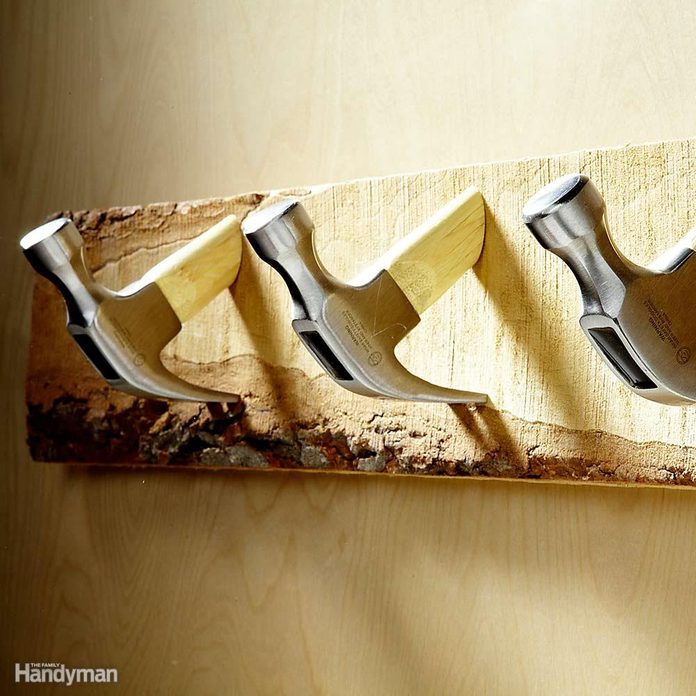
DIY Hammer Coat Rack
I was shopping for unique hooks for our rustic cabin, and I was flabbergasted at the cost of the most interesting ones. Searching for cheaper alternatives, I cruised online and unearthed a heap of creative ideas. Then I rooted around in the old junk box and voilà—distinctive hooks with a real DIY feel. If you’re looking for a coat rack that expresses your DIY life, start digging and get creative! Here’s a gallery of new ideas to spark your imagination. — Marcia Roepke, Art Director
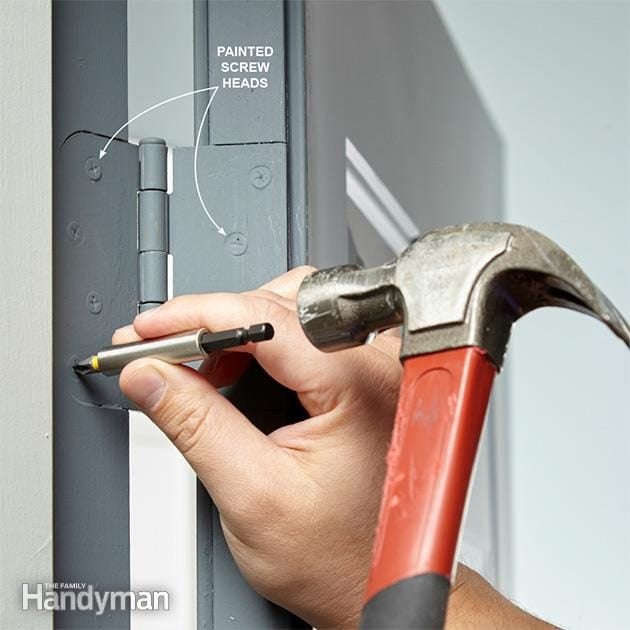
Give Paint-Clogged Screw Heads a Tap
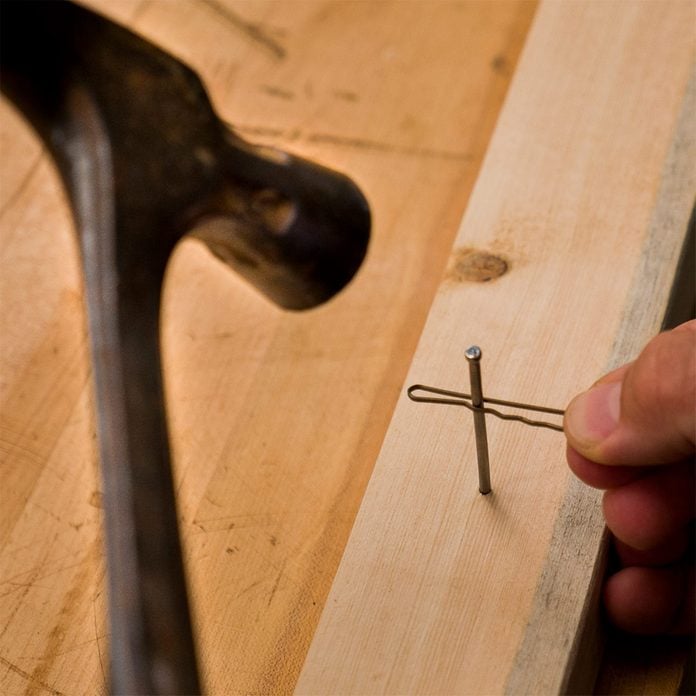
Handy Nail Holder
When working with small nails or in tight quarters (or both!) keep your fingers out of the line of fire with the help of a hair accessory. A bobby pin is perfect because it can grip even the smallest nails and it provides plenty of distance between your fingers and the hammer.
Just place the nail inside the bobby pin; then hold the bobby pin where you need the nail and hammer away. Once the nail is started, you can remove the bobby pin and continue hammering.
This hint also works with an index card. Simply press the nail through a corner of the card and hold it where you need it. Start hammering and then tear the card off of the nail.
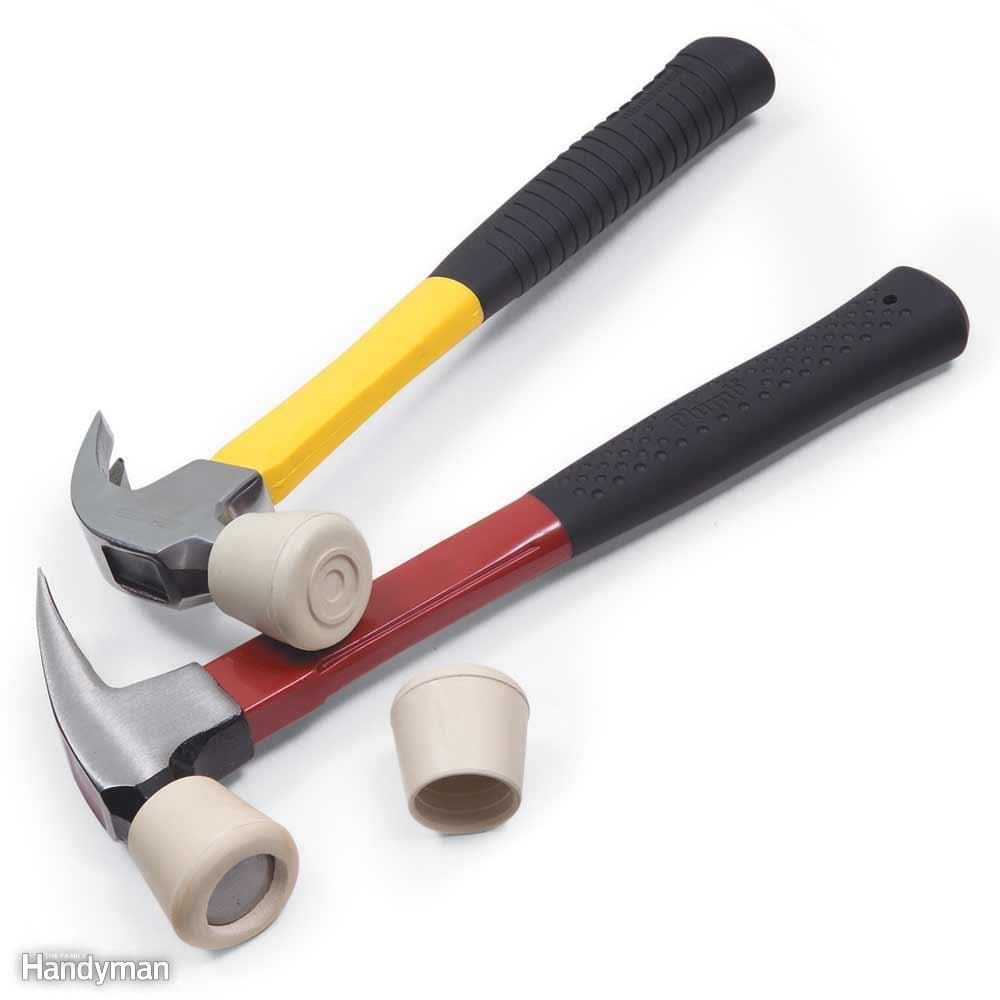
Hammer Cushion
A rubber chair leg cap instantly converts a hammer into a rubber mallet. And if you want to drive a nail without denting the surrounding wood, cut a hole in the rubber cap. Pound until the rubber strikes wood, then finish driving the nail with a nail set. A 1-1/8-in. rubber cap fits tightly over most hammers and costs about $1 at home centers and hardware stores.
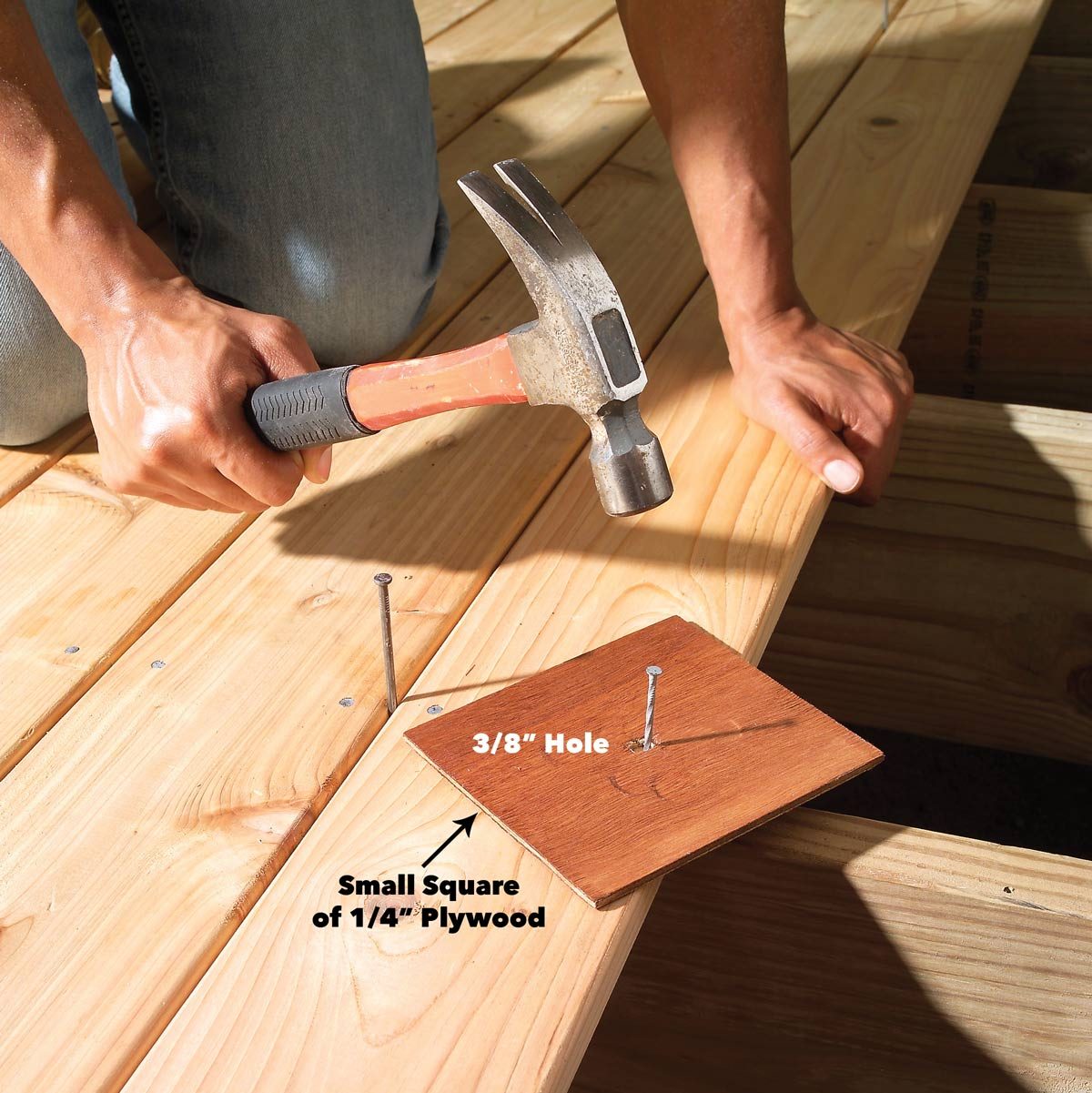
Avoid Ugly Hammer Marks
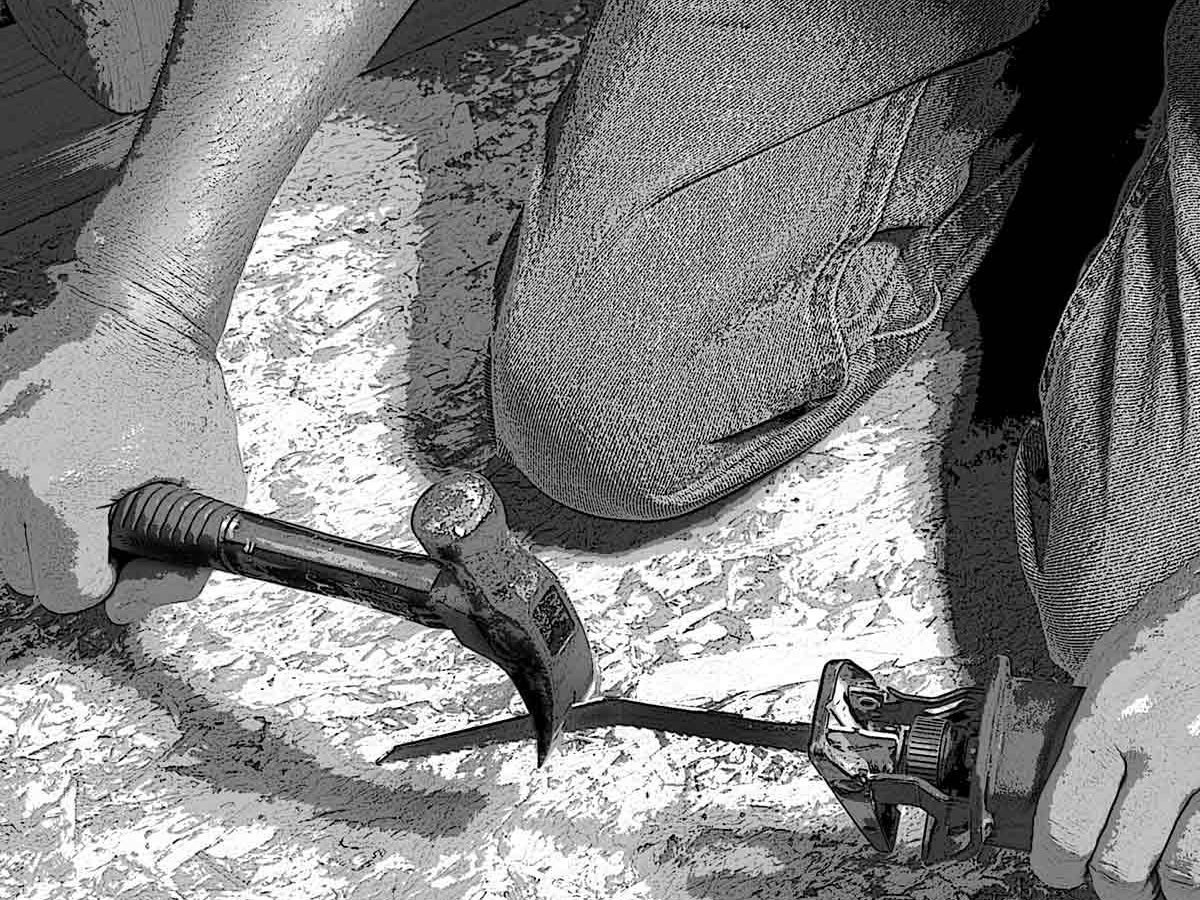
Blade Straightener
